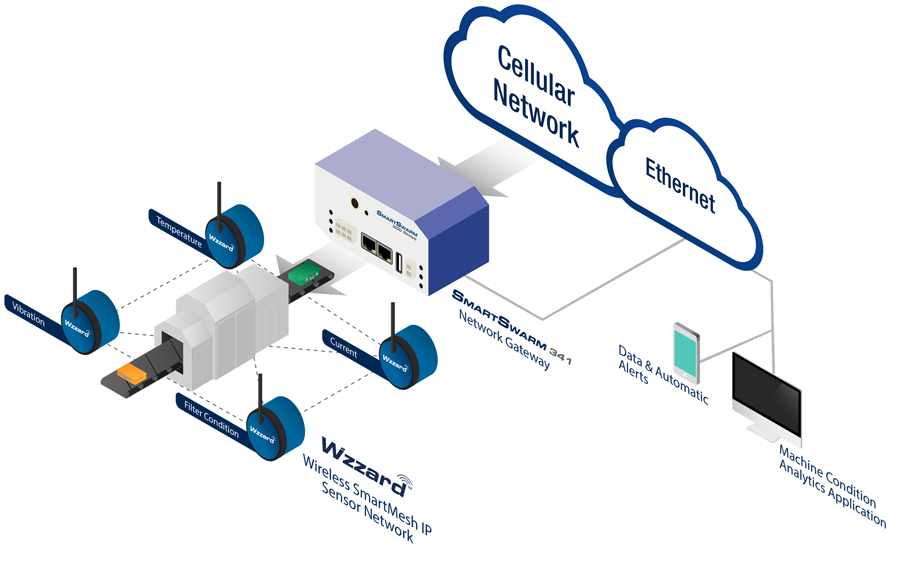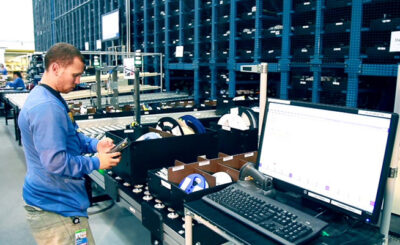An automation and control system is a computer system that monitors and controls a process or machine. An automation control system can be something as simple and innocuous as a light switch or as complex as a motor starter manufactured to start an electric pump motor. Automation control systems are used in a variety of industries, including manufacturing, food and beverage, healthcare, and transportation. This article will go over what an automation and control system is and why they’re integral for improving efficiency and productivity in a multitude of factory settings.
What is an Automation Control System?
An automation and control system is a system that controls and monitors a process or equipment. It can be used to control and monitor anything from a single machine to a whole factory. Automation and control systems are used to improve efficiency, safety and quality.
Common Examples of Automation Control Systems
Some common examples of an automation and control system in industrial and manufacturing settings include:
- PLCs (Programmable Logic Controllers) – A PLC is a computer-based system that’s used to control industrial machinery and processes. PLCs are designed to be rugged, reliable and able to withstand the harsh conditions that are synonymous with industrial environments.
- HMIs (Human Machine Interfaces) – A Human Machine Interface (HMI) is a Graphical User Interface (GUI) that allows humans to interact with machines. It’s typically a device with a display screen and some form of input device, such as a touchscreen, joystick or keyboard
- SCADA (Supervisory Control and Data Acquisition) – A SCADA system is a computer system used to gather data from remote devices and to control those devices. The devices can be anything from pumps and valves to motors and lights. The type of data typically monitored is the current status of the linked devices or the amount of a compound or liquid inside a linked device.
- DCS (Distributed Control Systems) – A Distributed Control System (DCS) is a type of industrial control system in which process variables are measured, manipulated and monitored by a network of controllers and control modules distributed throughout the factory or warehouse.
Why Are Automation Control Systems Important?
Automation and control systems are an integral part of any factory, warehouse or industrial setting. They’re important because they help to ensure that a process or system runs smoothly and with maximum efficiency. The data gathered by these systems can also be used to improve safety and reduce production costs.
Some other reasons why automation and control systems are important are:
They Help to Improve Quality Control
Automation and control systems help improve quality control by reducing or eliminating human error. They also ensure that products are produced consistently and meet specifications. Finally, they can help to track and monitor quality control data so that problems can be identified and corrected quickly.
They Can Improve Safety
Automation and control systems can help to improve safety by reducing the need for human intervention. Automated systems can monitor process conditions and take corrective action as needed. This can help to prevent accidents and minimise the impact of potential hazards.
They Can Improve Communication
Automation and control systems can improve communication by providing a means for machines to interact with each other and with humans. By using these systems, manufacturers can reduce the need for manual input and instead rely on machines to communicate with each other to complete tasks. This can improve efficiency and accuracy while simultaneously reducing mental and physical strain on workers.







